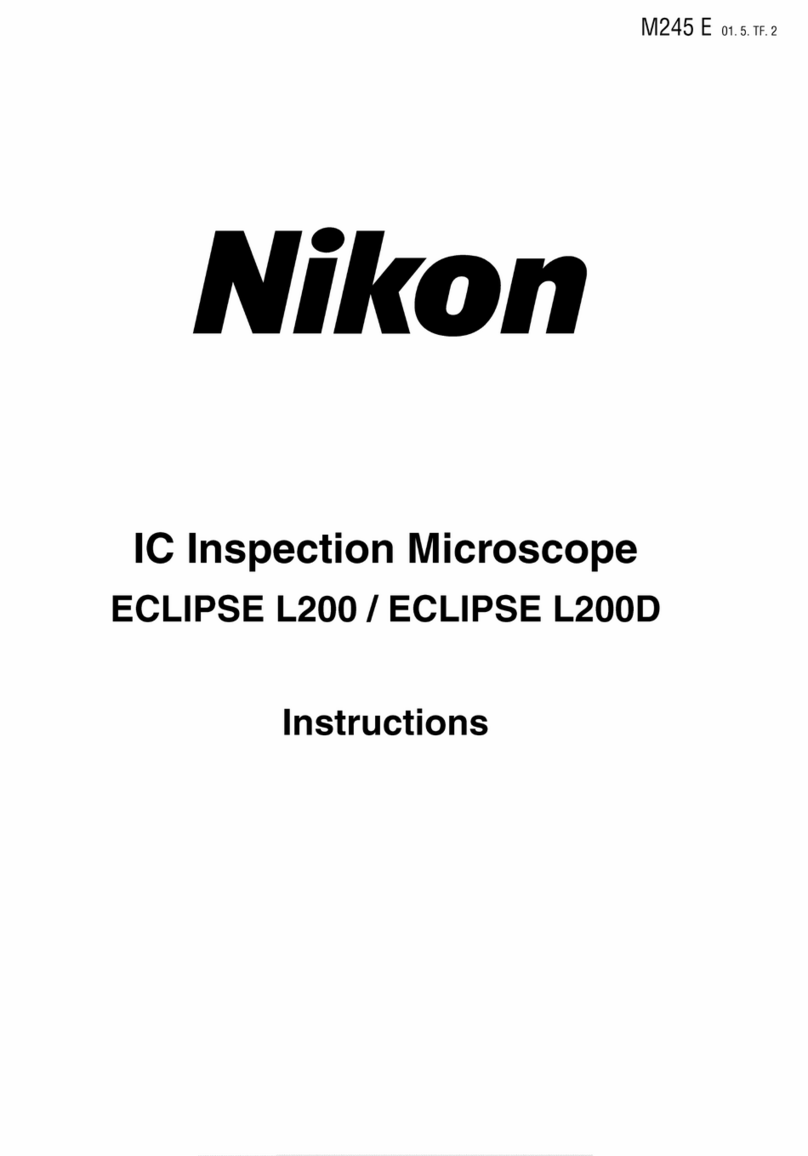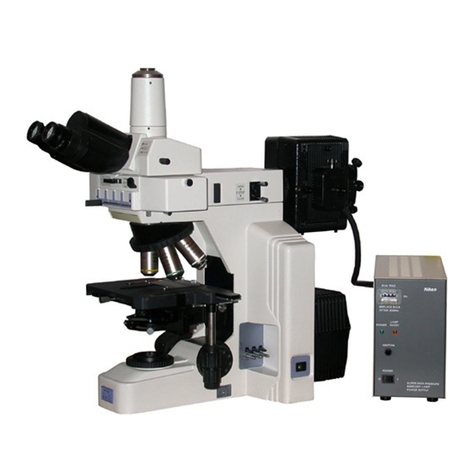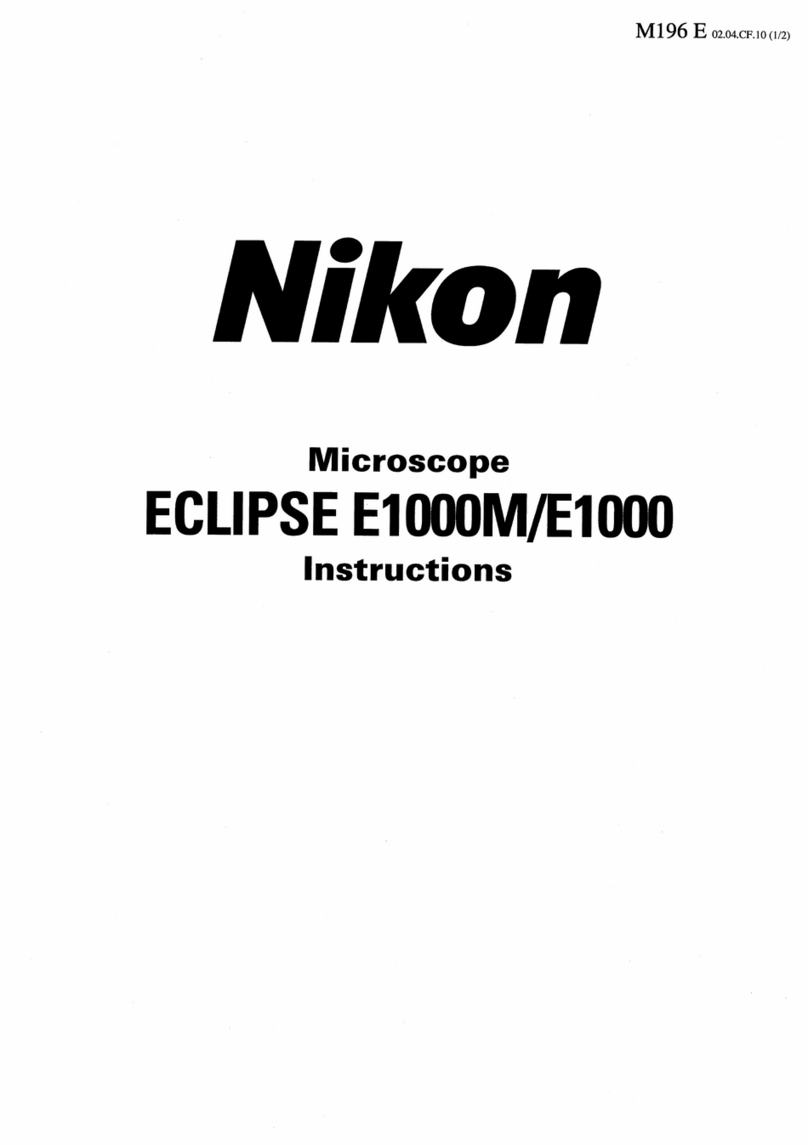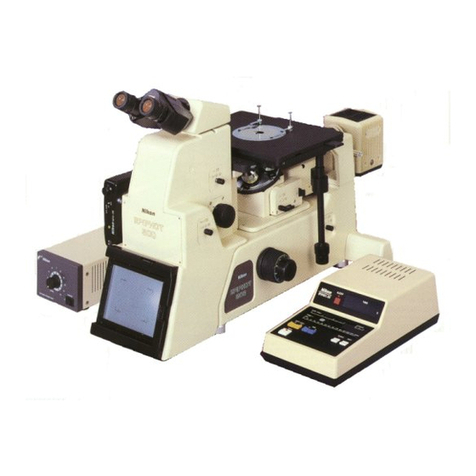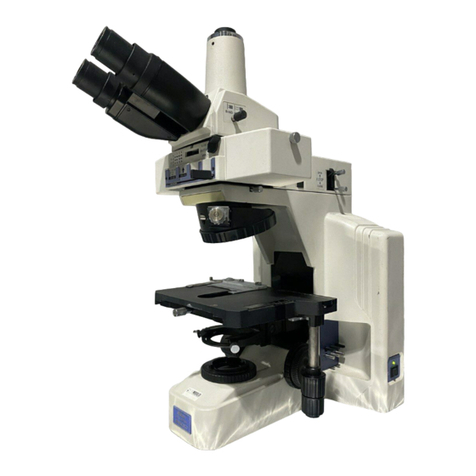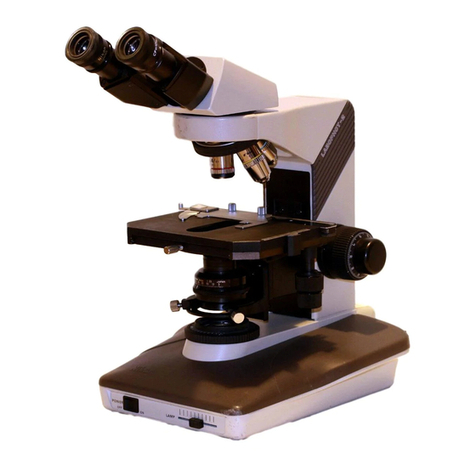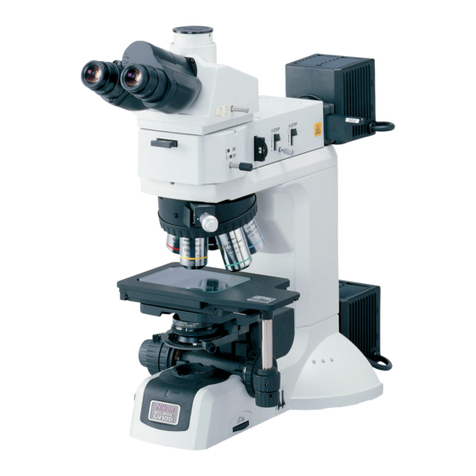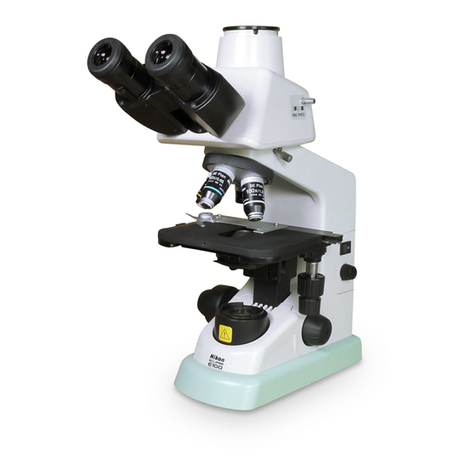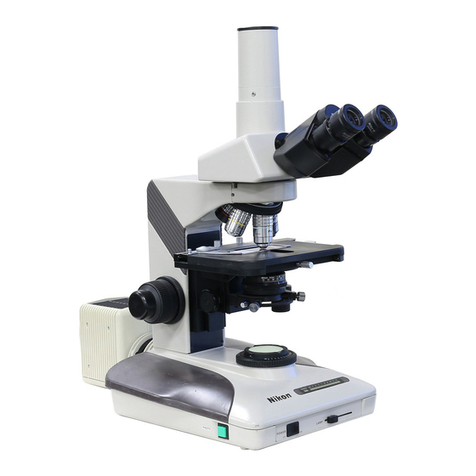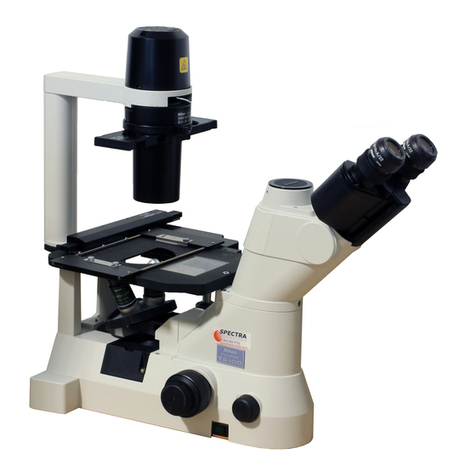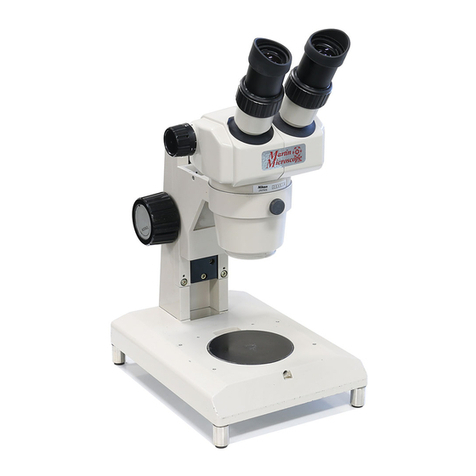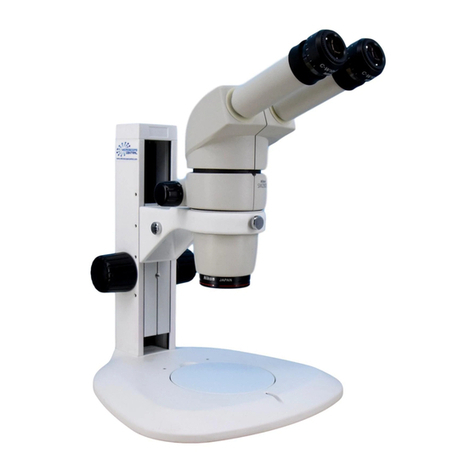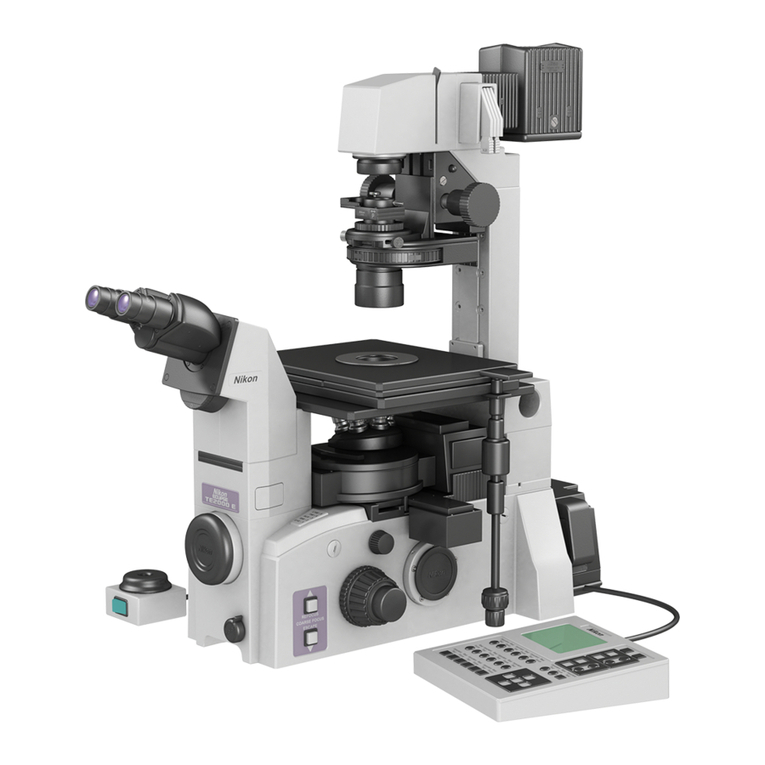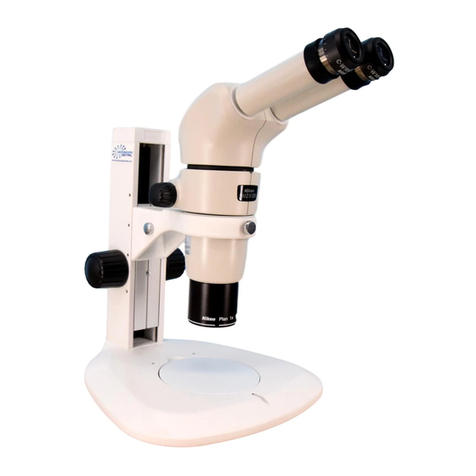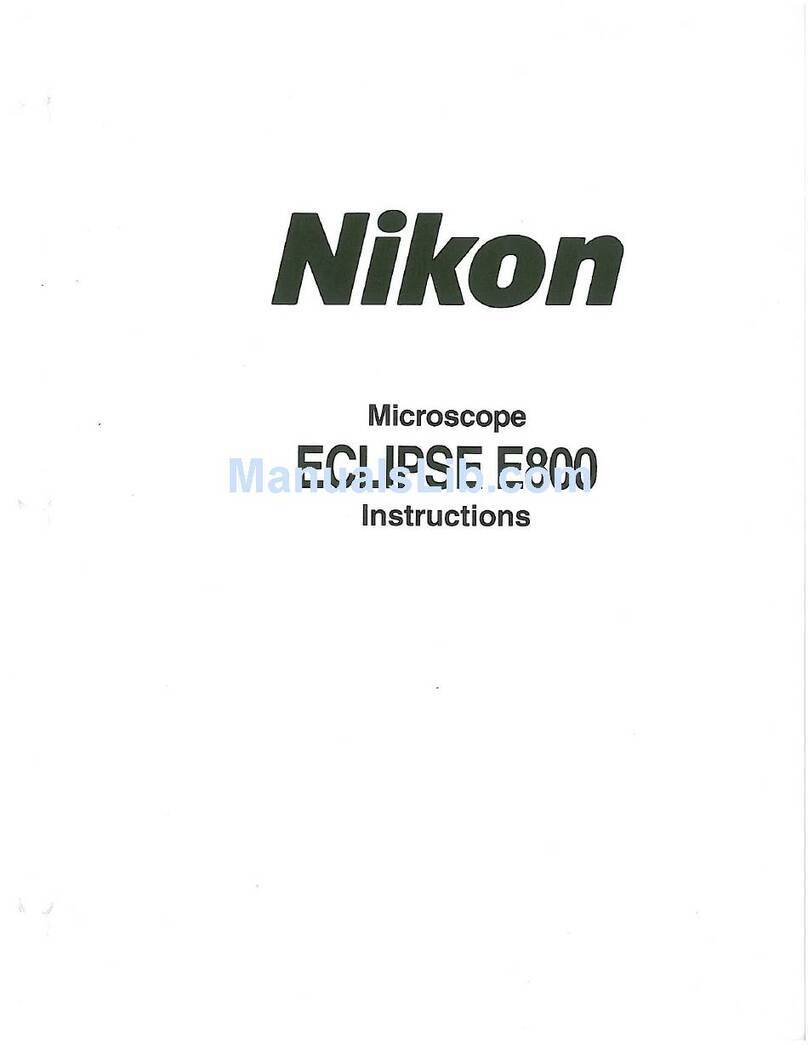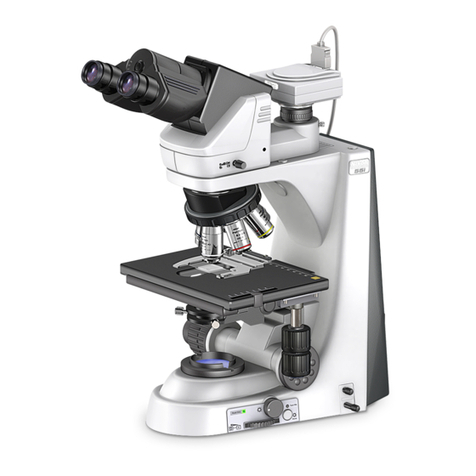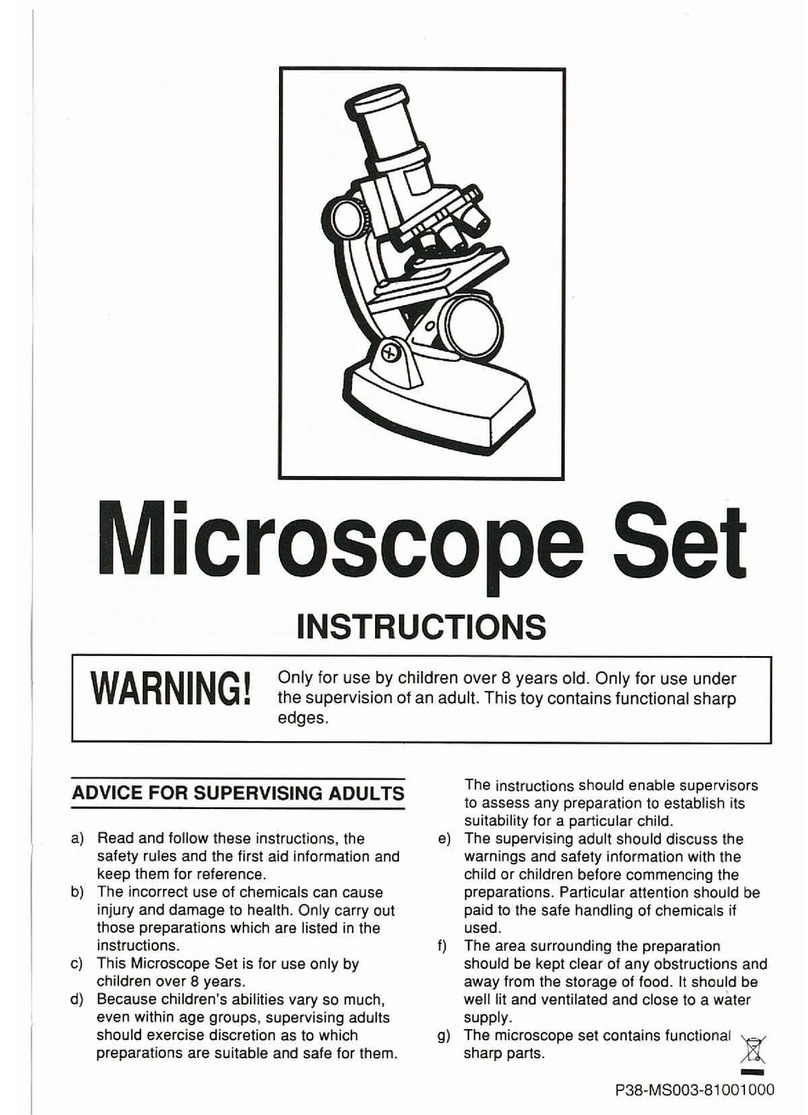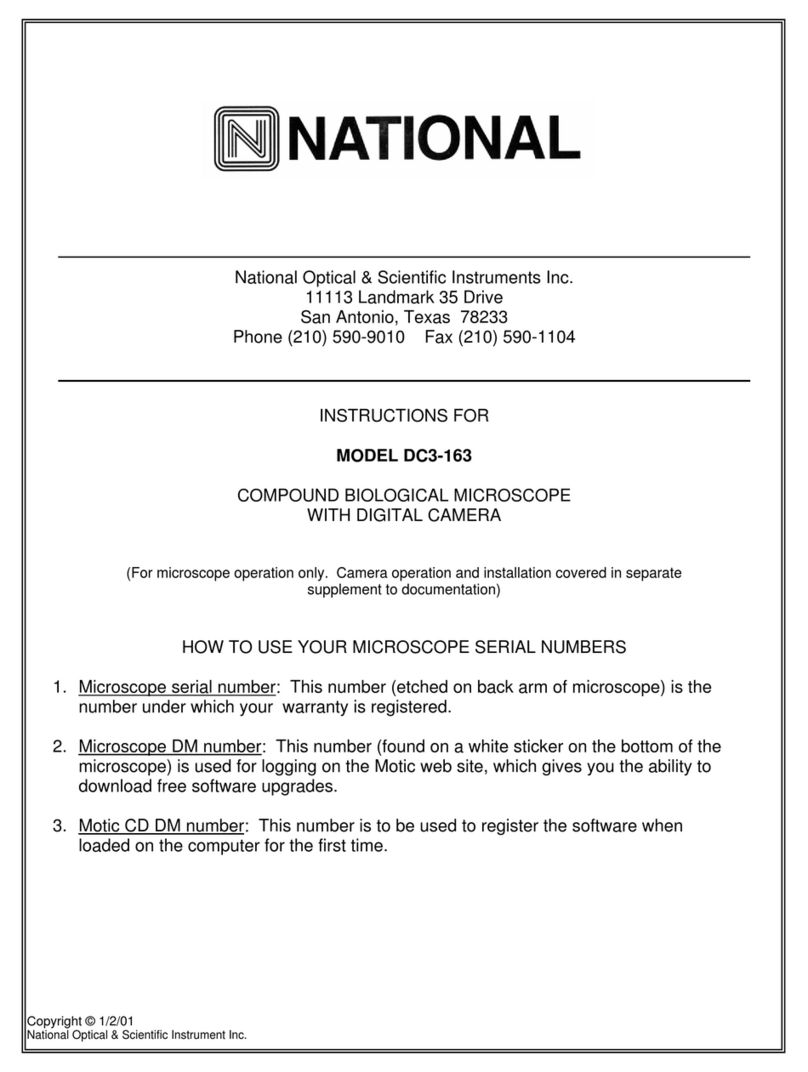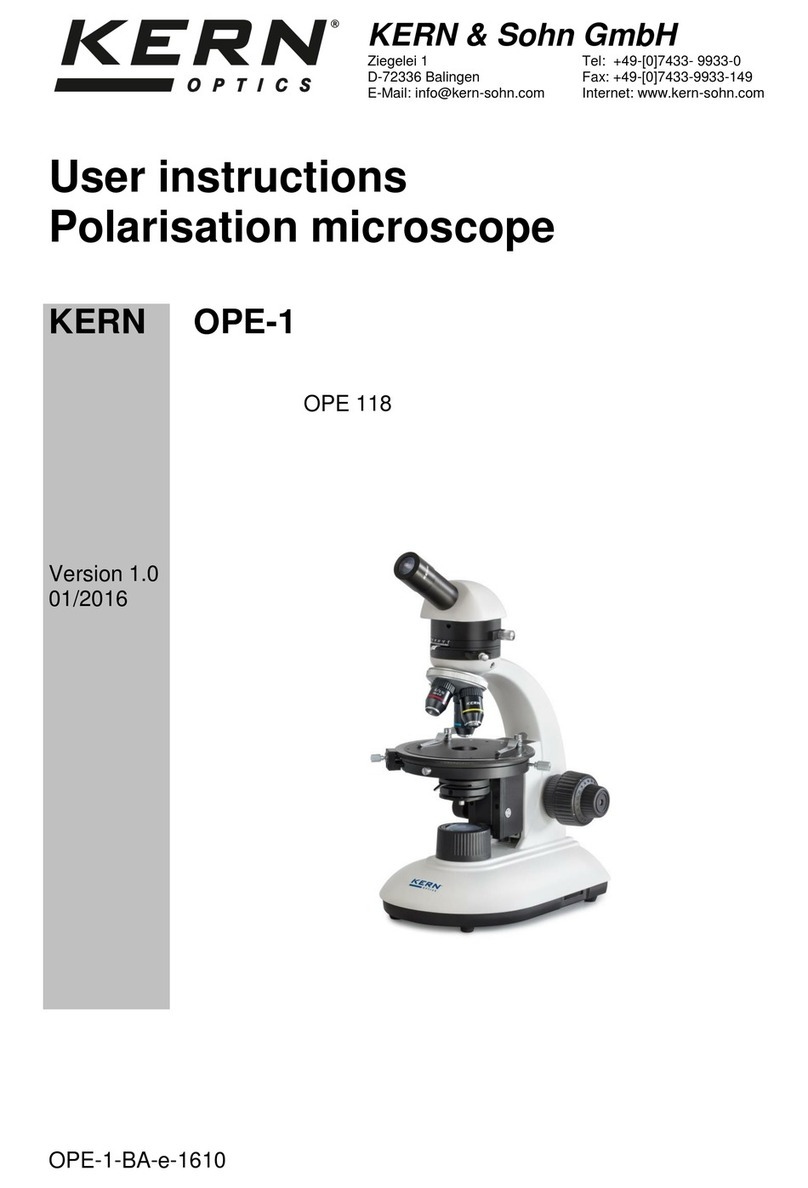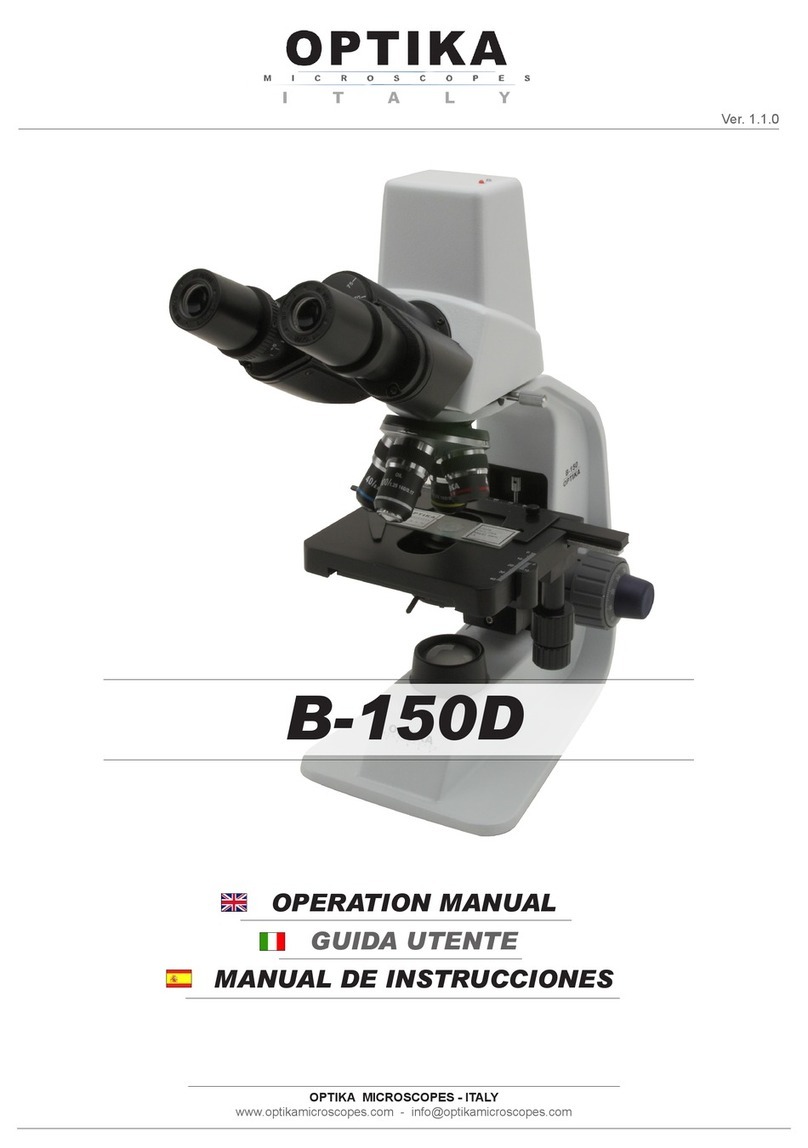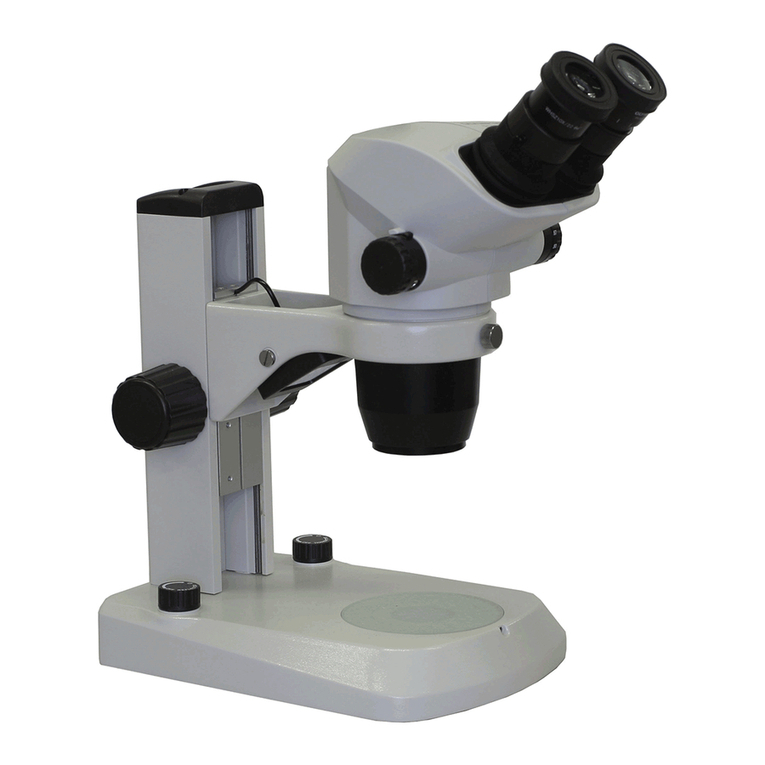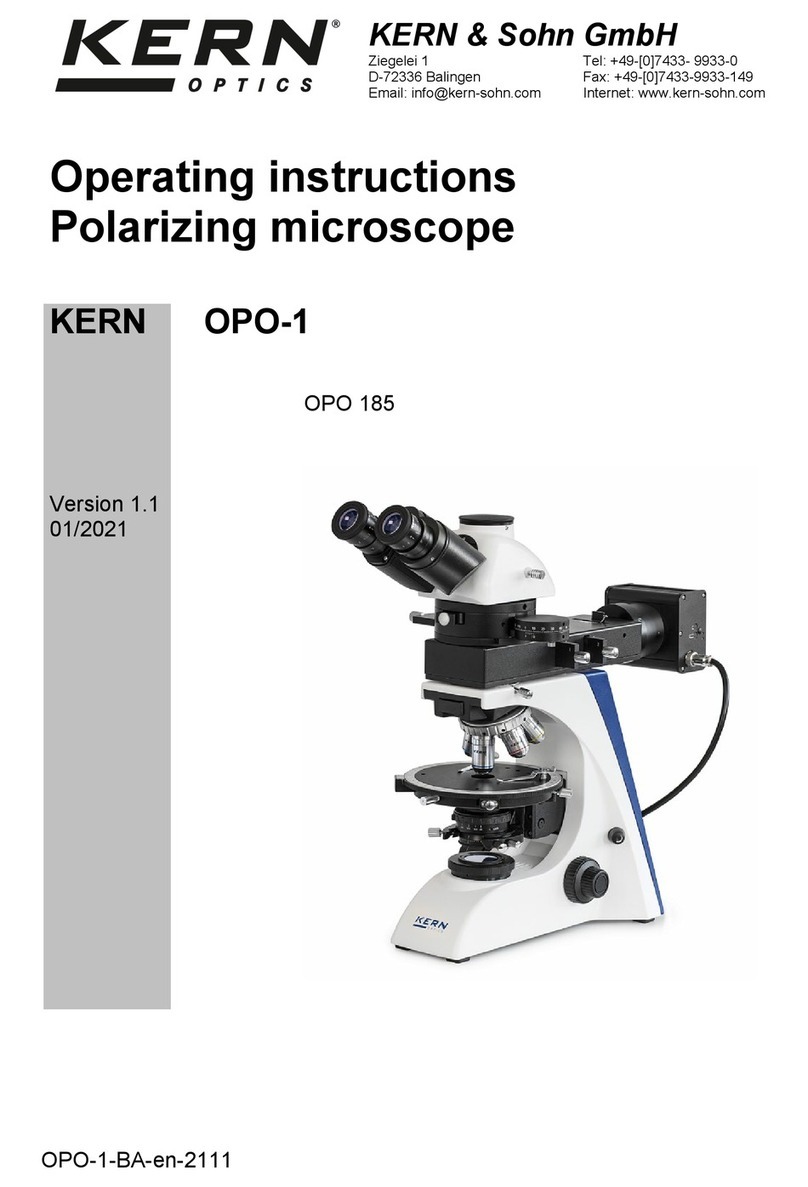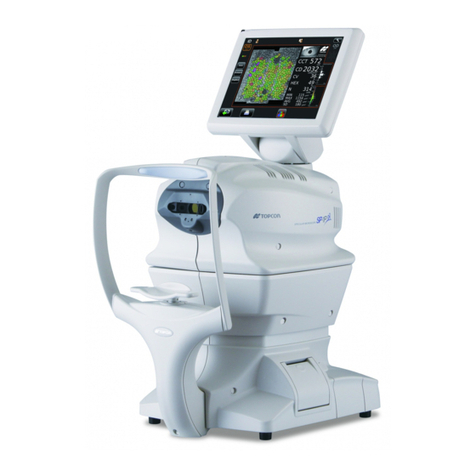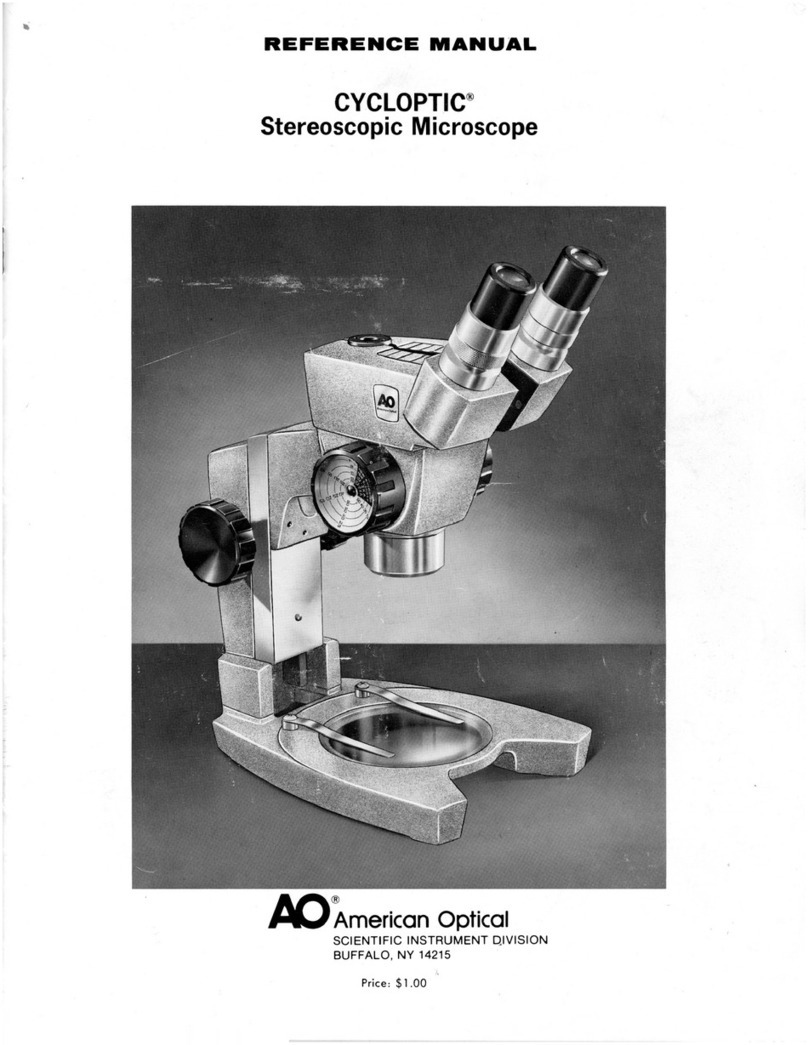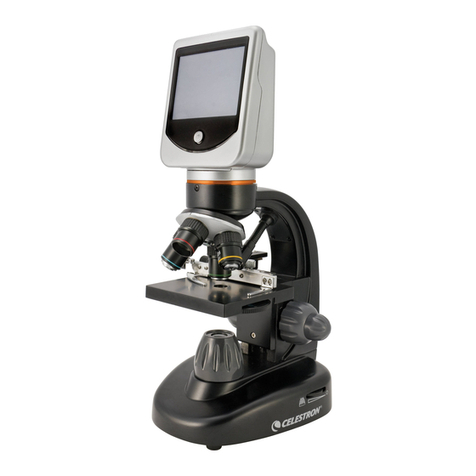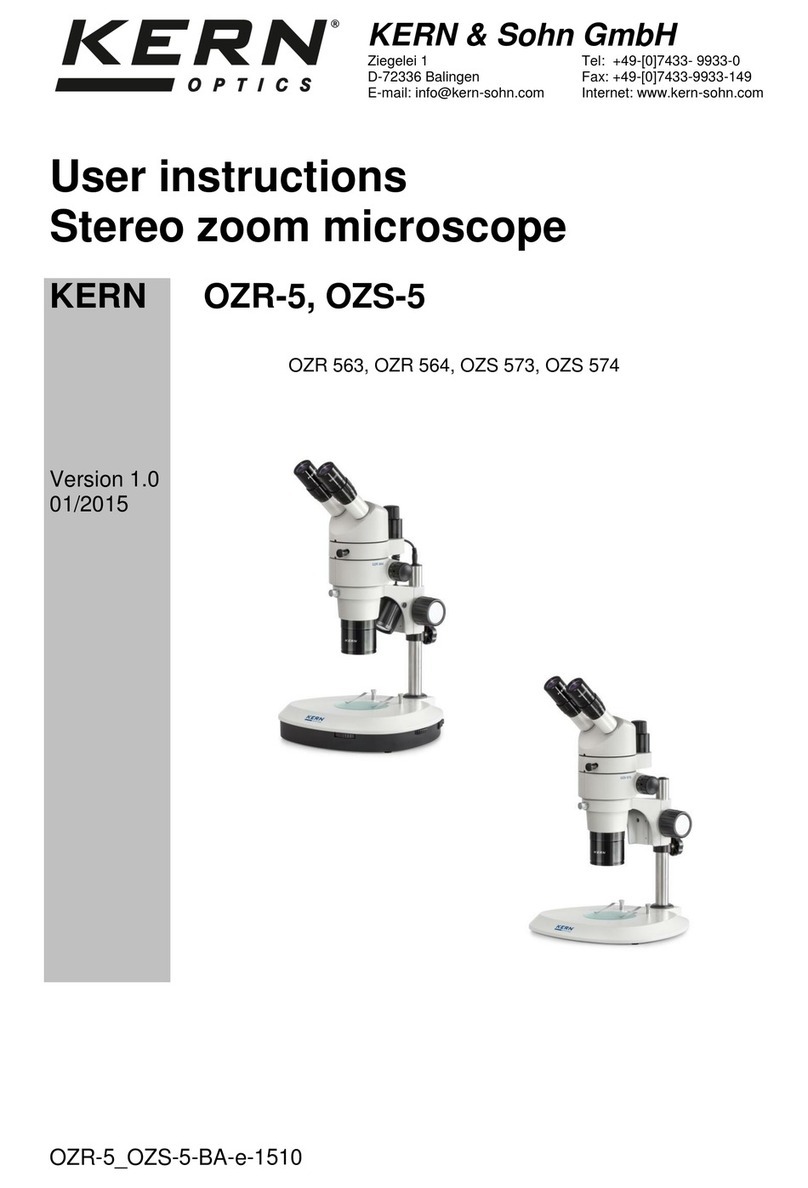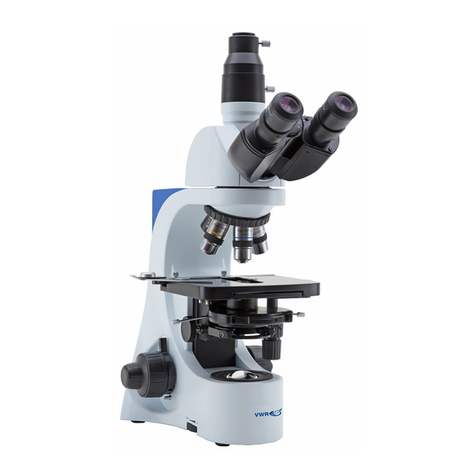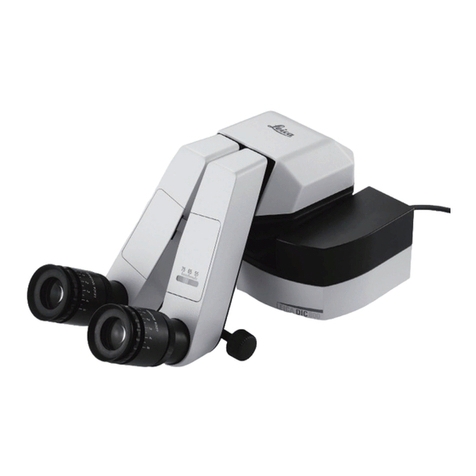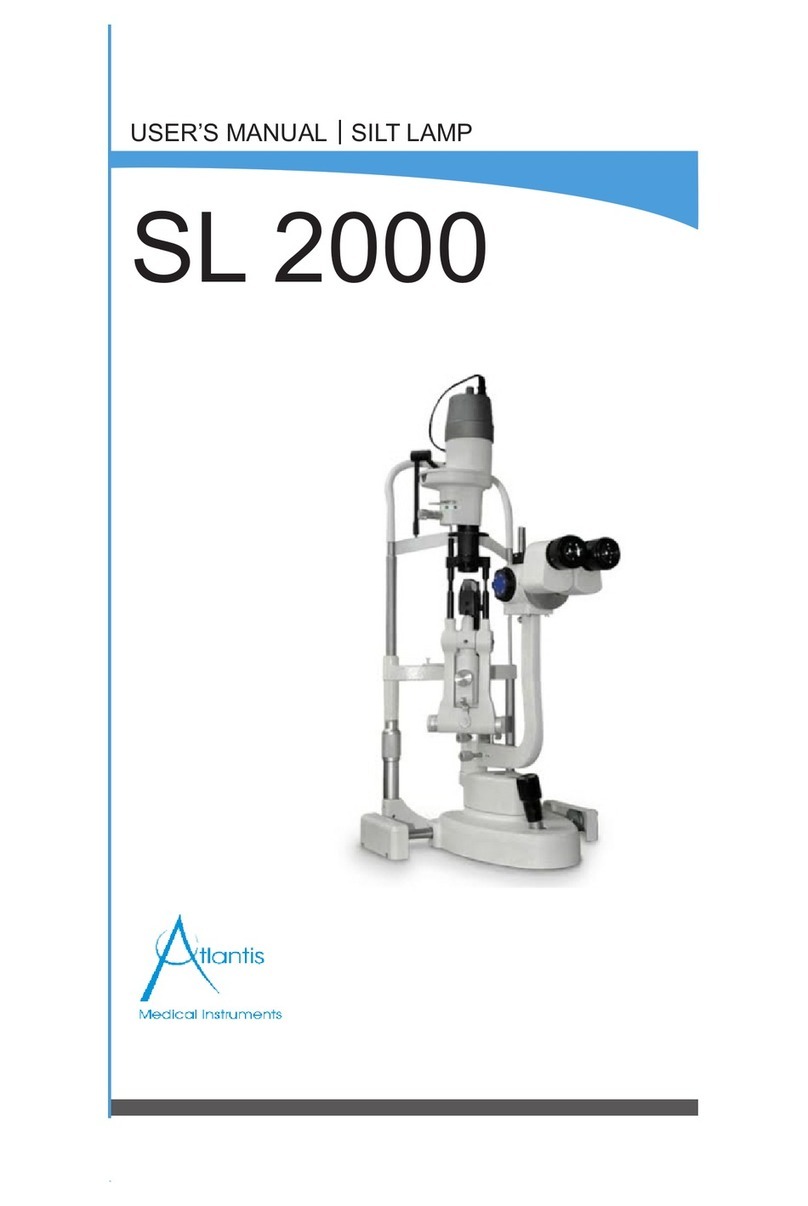
Contents
2
Contents
Safety Precautions .............................................................................................. 4
English ...................................................................................................................4
German .................................................................................................................. 8
French.................................................................................................................. 12
Spanish ................................................................................................................ 16
Italian .................................................................................................................. 20
Dutch ................................................................................................................... 24
Danish.................................................................................................................. 28
Portuguese............................................................................................................ 32
Finnish ................................................................................................................. 36
Greek ................................................................................................................... 40
Notes on Handling the System .............................................................................44
Chapter 1 Nomenclature of Each Part ..................................................................46
Chapter 2 Switches and Controls ........................................................................48
Chapter 3 A Quick Microscopic Procedure.............................................................50
Chapter 4 Microscopy (Detailed Procedure) ..........................................................54
Chapter 5 Miscellaneous Operations ....................................................................62
1 Oil-Immersion Observation................................................................................. 62
2 Adjusting the Torque of the Coarse Focus Knob..................................................... 64
3 Upper Limit Bolt................................................................................................ 64
4 Eye Level Raiser................................................................................................ 65
5 Photomicrography and TV Microscopy .................................................................. 65
6 ND Filter for the Objective.................................................................................. 66
7 Cord Hangers ................................................................................................... 67
Chapter 6 Assembly..........................................................................................68
1 Assembly of Standard Set .................................................................................. 68
2 Assembly of Additional Components .................................................................... 70
1) Condenser.................................................................................................... 70
2) Objectives.................................................................................................... 71
3) Specimen Holder........................................................................................... 71
4) Eyepiece and Eyepiece Pointer ........................................................................ 71
5) Other Accessories ......................................................................................... 71
3 Replacement of Consumable Materials ................................................................. 72
1) Replacing the Lamp....................................................................................... 72
2) Replacing the Fuse ........................................................................................ 74
Chapter 7 Optical Characteristics ........................................................................75
